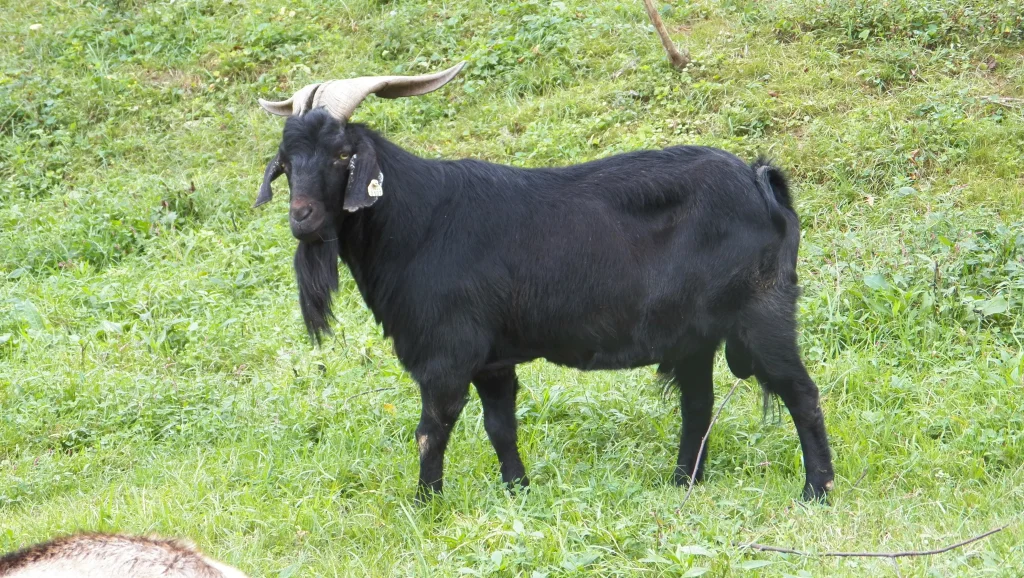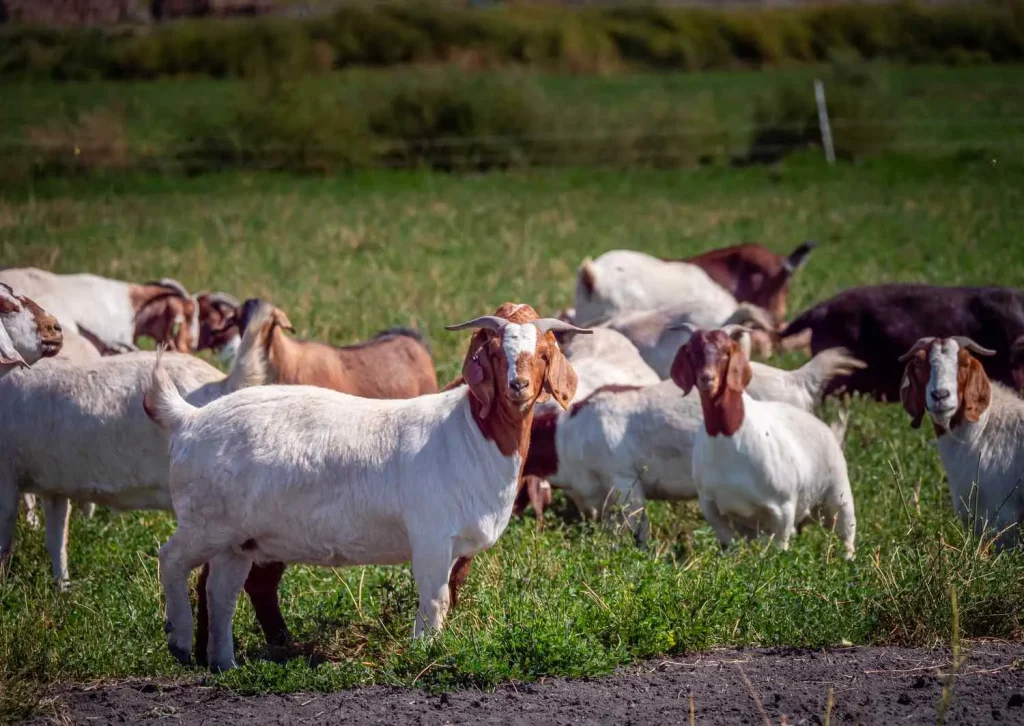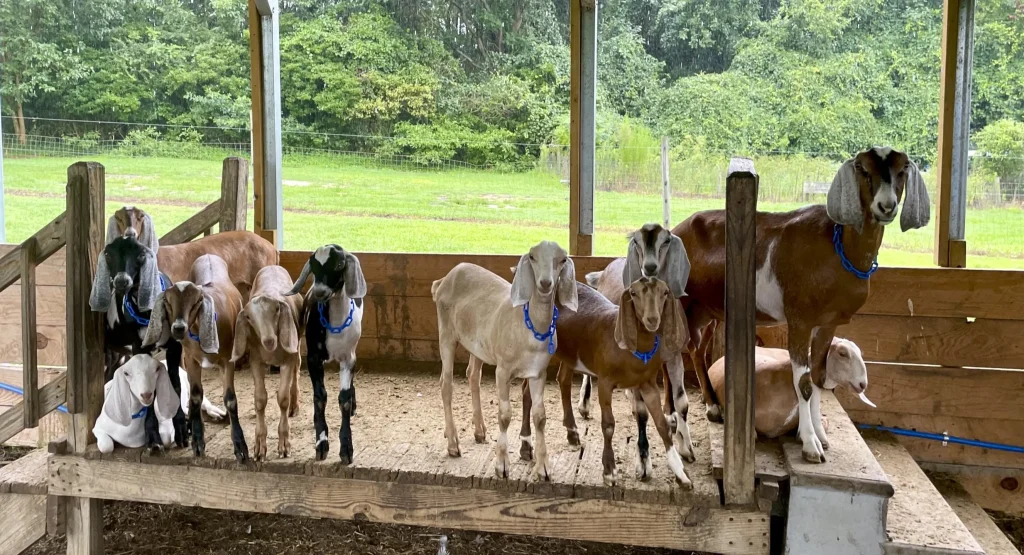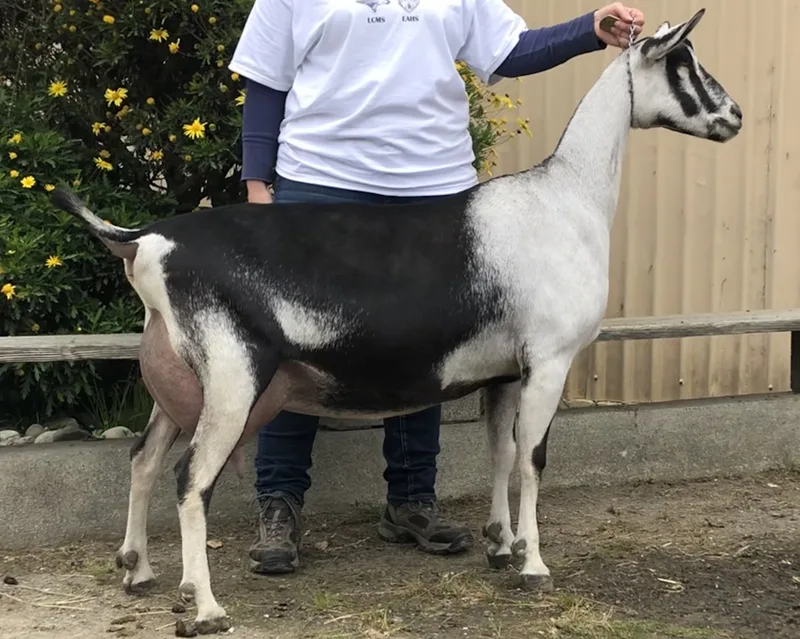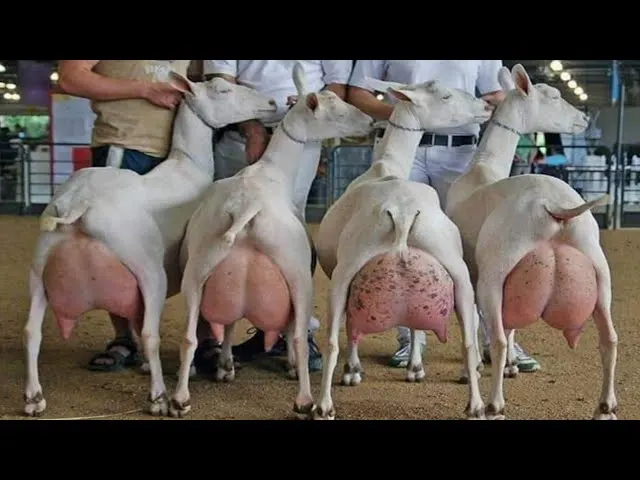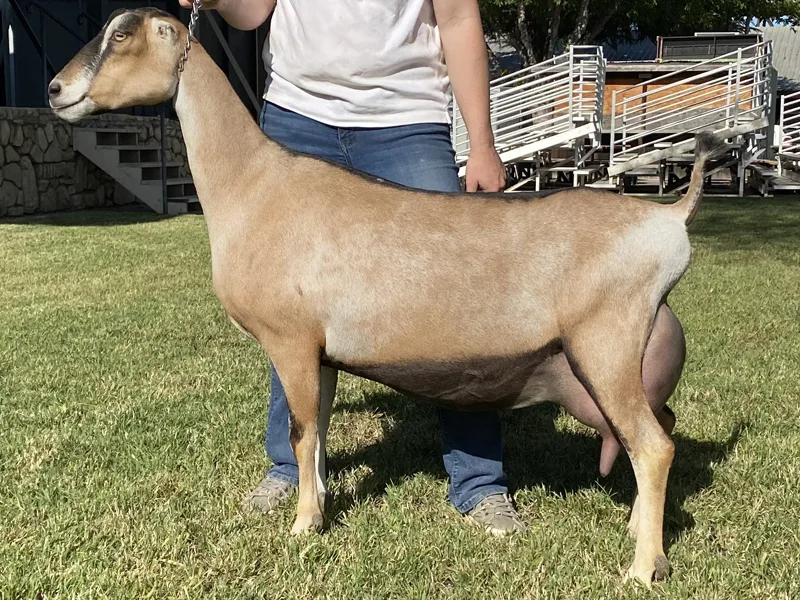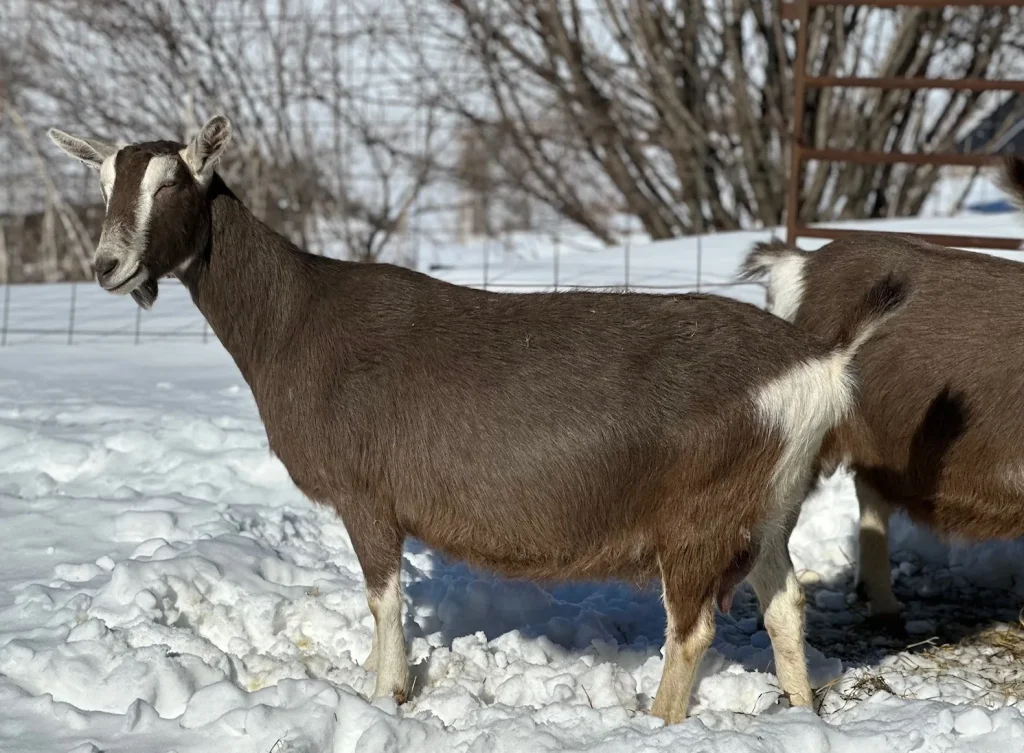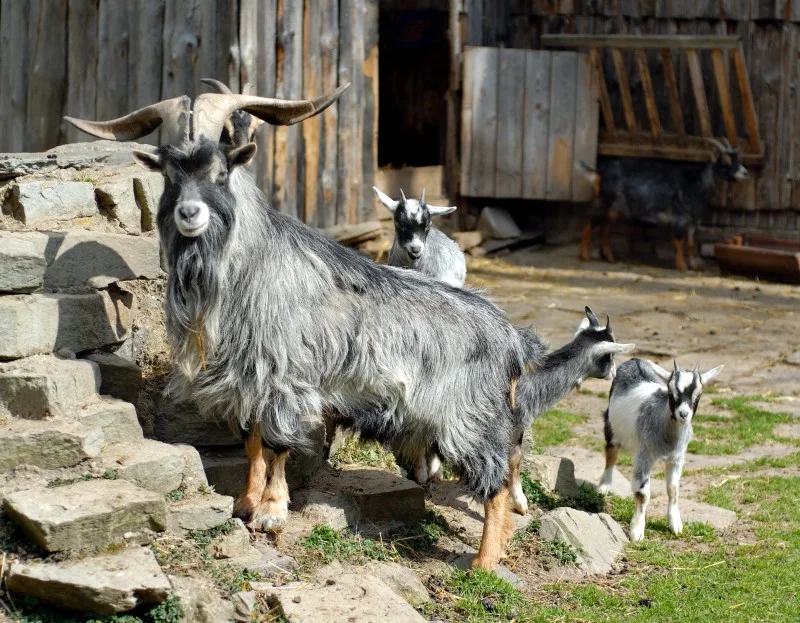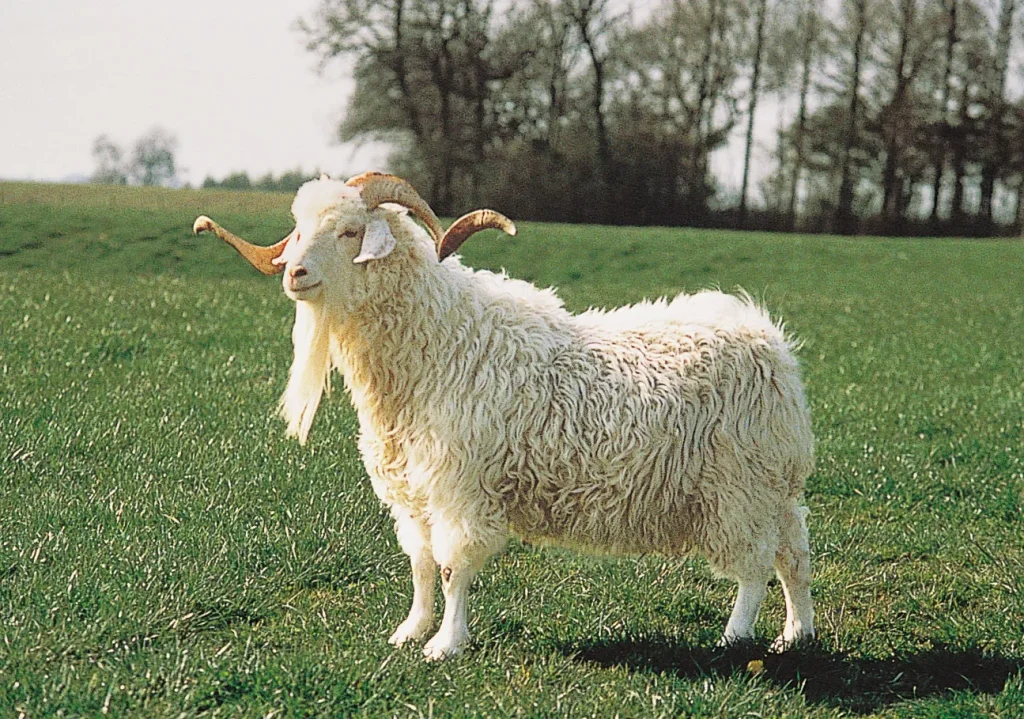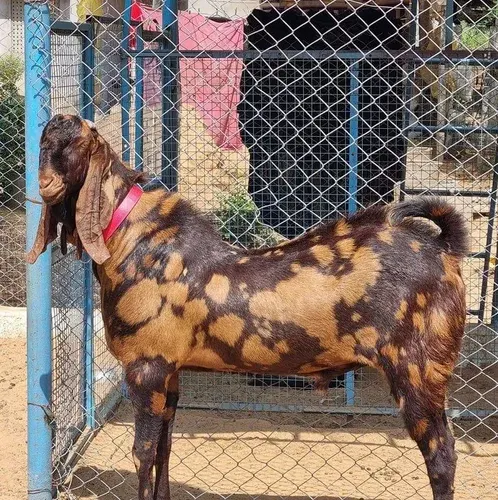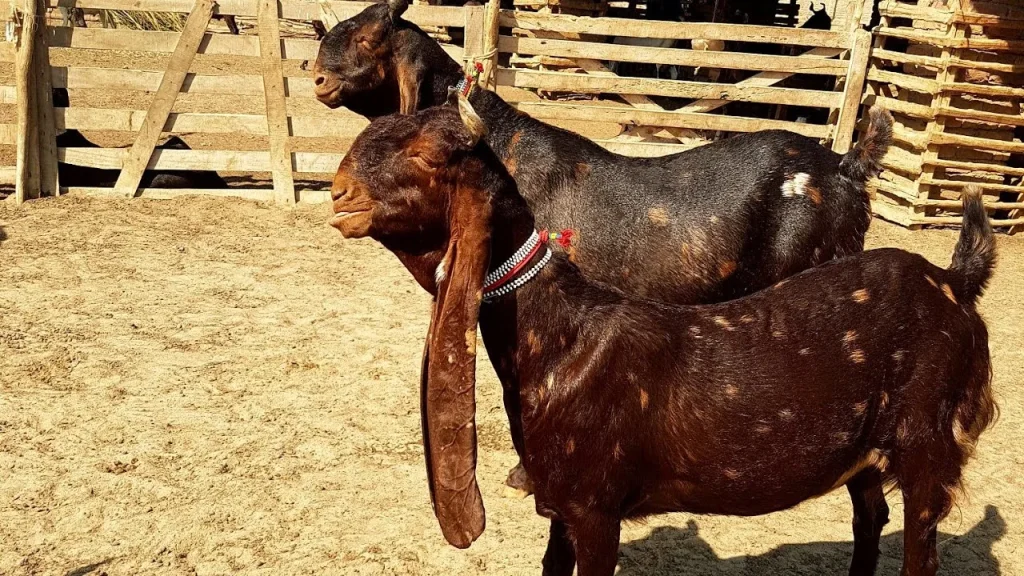🐐 Kiko Goat – The Hardy Meat Goat from New Zealand
🌍 Introduction
The Kiko Goat is a resilient meat goat breed originally developed in New Zealand. Known for its ability to thrive in tough environments with minimal input, the Kiko Goat has become a favorite among farmers and homesteaders worldwide. With a robust frame and exceptional growth rates, this breed offers both efficiency and reliability in meat production.
📜 History and Origin
The Kiko Goat was developed in the 1980s by crossing feral New Zealand goats with dairy breeds such as Saanen, Nubian, and Toggenburg. The goal was to create a meat goat that required little maintenance while still offering excellent productivity. The name “Kiko” comes from the Māori word for “meat,” reflecting the breed’s primary purpose.
Today, Kiko Goats are recognized globally for their adaptability and are especially popular in the United States and other regions with challenging terrain or climate.
🧬 Physical Characteristics
Kiko Goats are medium to large and display a sturdy, muscular build. Their coats can vary widely in color—white, brown, black, or mixed patterns—and they often have long, curved horns. Males (bucks) typically weigh 250–300 pounds, while females (does) weigh around 120–150 pounds.
Their strong legs, broad chests, and durable hooves make them well-suited for rugged, hilly pastures.
🌟 Temperament and Behavior
Kikos are independent and hardy, which means they require minimal intervention compared to other breeds. They’re not particularly cuddly or pet-like but are valued for their no-fuss attitude. They are generally calm, not aggressive, and adapt well to herd environments.
Their self-sufficient nature makes them ideal for meat-focused operations with limited resources or labor.
🌄 Ideal Environment
The Kiko Goat is highly adaptable to various environments—from hot and humid to cold and mountainous. They are excellent foragers and can thrive on rough pastures and brush, reducing the need for supplemental feeding.
This resilience makes them a top choice for low-input farms and sustainable agriculture.
🥕 Diet and Nutrition
Kiko Goats are not picky eaters. Their diet mainly consists of pasture grasses, brush, and hay. During winter or dry seasons, they may require grain or protein supplements to maintain growth and health.
Always ensure access to clean water, loose minerals, and salt blocks to support their immune system and overall well-being.
🩺 Health and Lifespan
One of the breed’s strongest points is its natural resistance to parasites and disease. Kiko Goats tend to require fewer deworming treatments and veterinary interventions compared to more delicate breeds.
With proper care, Kikos typically live 8–12 years. Routine checks and preventive health measures help ensure a healthy and productive life.
🎯 Primary Uses
The Kiko Goat is bred almost exclusively for meat production. Key benefits include:
- 🥩 Fast-growing kids with good carcass yield
- 🌿 Ability to thrive on rough forage
- 💰 High return on investment for meat farmers
Kiko bucks are also used to improve the hardiness and performance of other meat goat herds through crossbreeding.
🧽 Grooming and Care
Thanks to their rugged background, Kikos have low grooming needs. Occasional brushing, regular hoof trimming, and parasite monitoring are usually enough.
They’re not high-maintenance, making them an excellent option for beginners or those seeking minimal upkeep.
👨👩👧👦 Family and Social Compatibility
While not typically kept as pets, Kikos can coexist peacefully with other livestock and animals. They are herd-oriented and prefer to live with other goats.
If raised from a young age with human interaction, they can become moderately sociable, though they are more functional than companion-like.
📈 Breeding and Growth
Kiko is known for high fertility rates and strong maternal instincts. They often give birth to twins or triplets and raise them with little assistance.
Kids grow quickly and reach market weight efficiently, making the breed a profitable choice for meat goat operations.
🎉 Fun Facts About Kiko Goats
- The Kiko Goat was developed to require virtually no hoof trimming in ideal environments.
- They are one of the few meat breeds that excel in wet climates due to their parasite resistance.
- Many farmers crossbreed Kikos with Boer goats to combine growth and hardiness traits.
- Kikos were officially introduced to the U.S. market in the 1990s and gained rapid popularity.
❓ Frequently Asked Questions
Q1: Are Kiko Goats good for beginners?
A: Yes! Their low-maintenance nature and natural resilience make them a great choice for new goat keepers.
Q2: Do Kikos need shelter?
A: While hardy, they still need basic shelter from extreme weather, especially wind and rain.
Q3: Can Kiko Goats be used for dairy?
A: They can produce milk, but not at levels suitable for commercial dairy. They are primarily meat goats.
Q4: How much space do they need?
A: They do well with about 250–500 square feet per goat in pasture settings, depending on forage availability.
Q5: Are Kiko Goats loud?
A: They are generally quiet unless hungry or distressed, making them suitable for rural and semi-rural farms.
✅ Conclusion
The Kiko Goat is the epitome of strength, sustainability, and simplicity in meat goat farming. With its hardy nature, rapid growth, and minimal care needs, the Kiko stands out as a smart investment for anyone looking to raise goats efficiently. Whether you’re starting a new farm or expanding an existing herd, the Kiko Goat offers a balance of productivity and ease that’s hard to beat.
